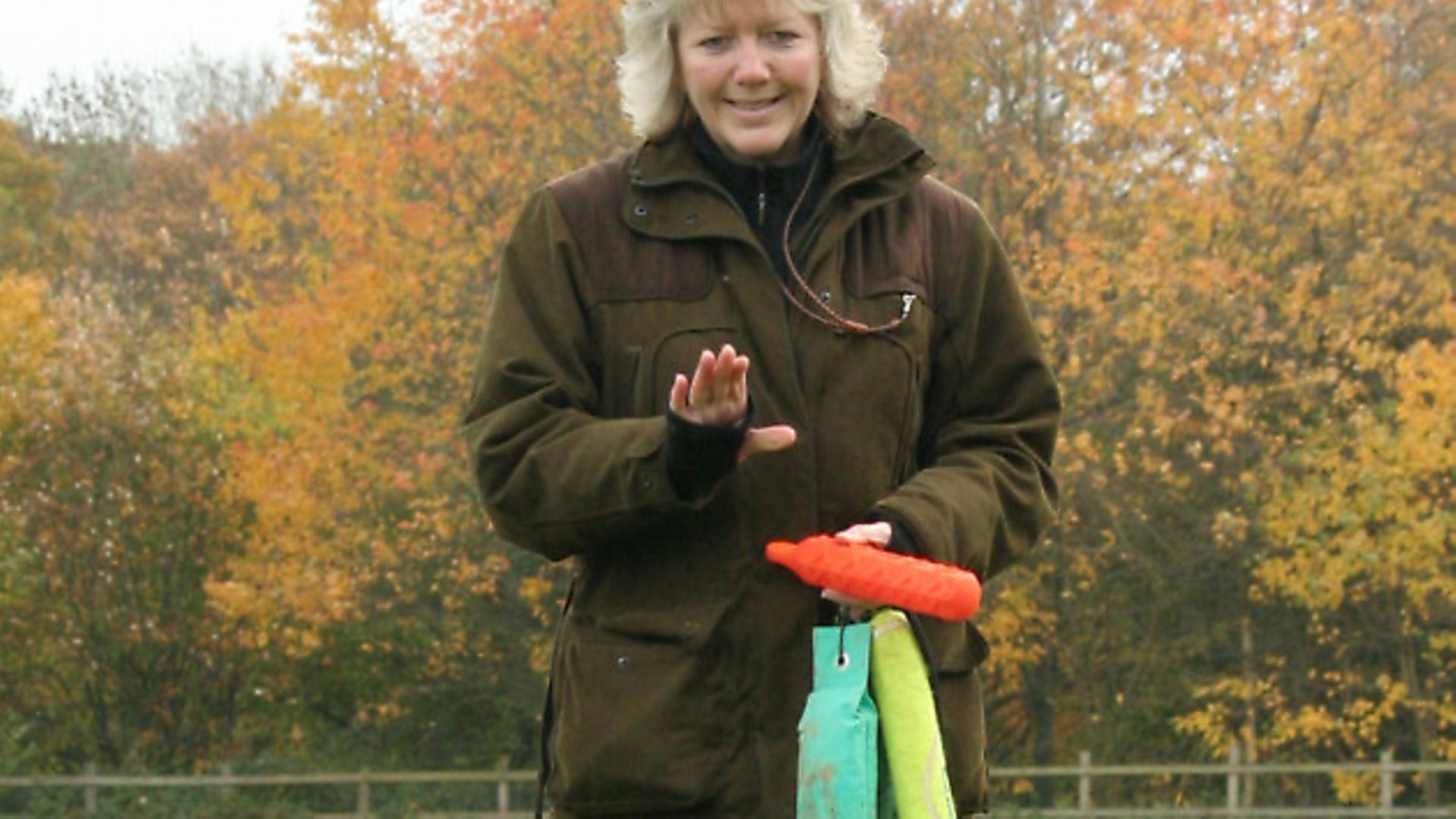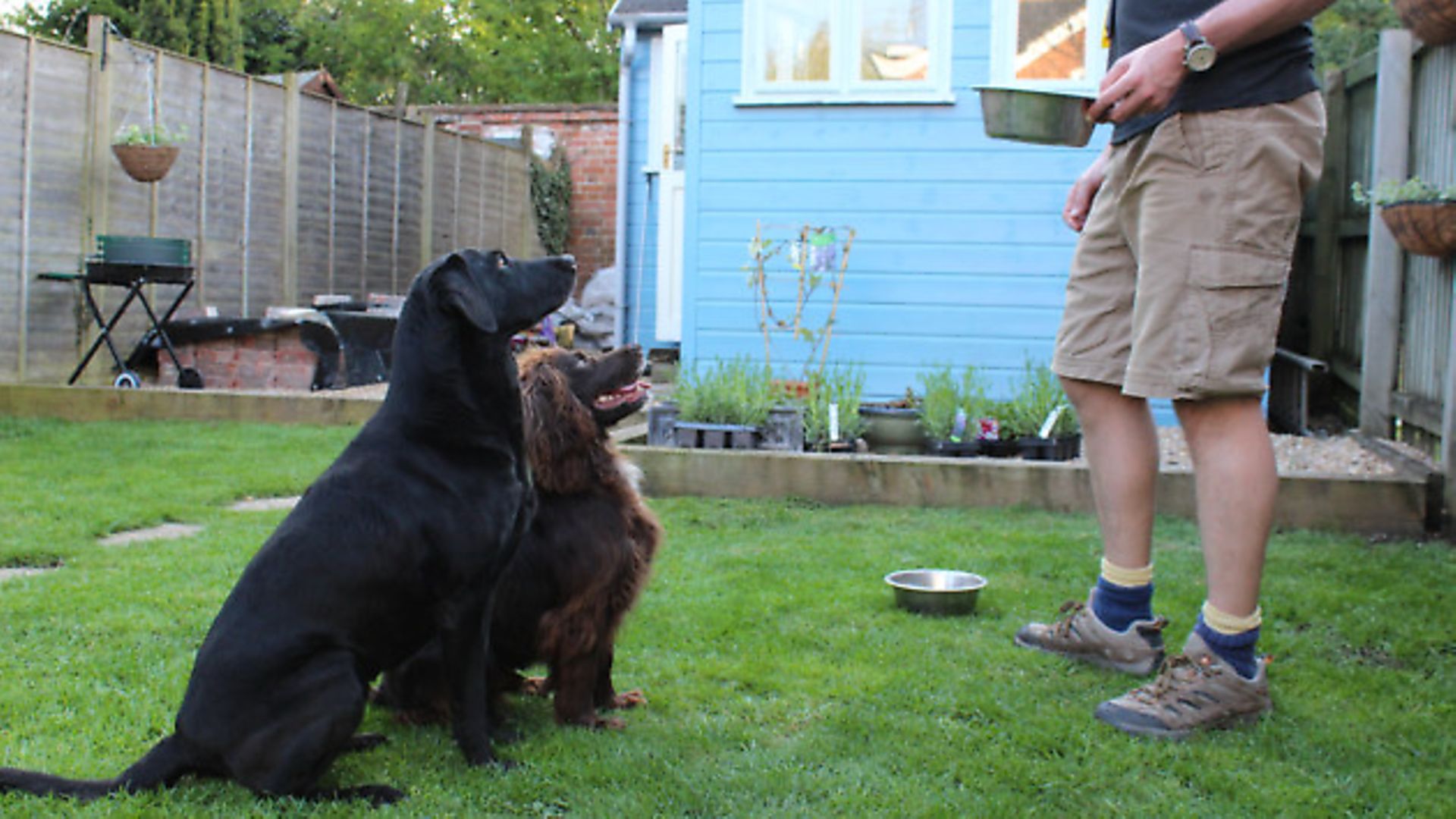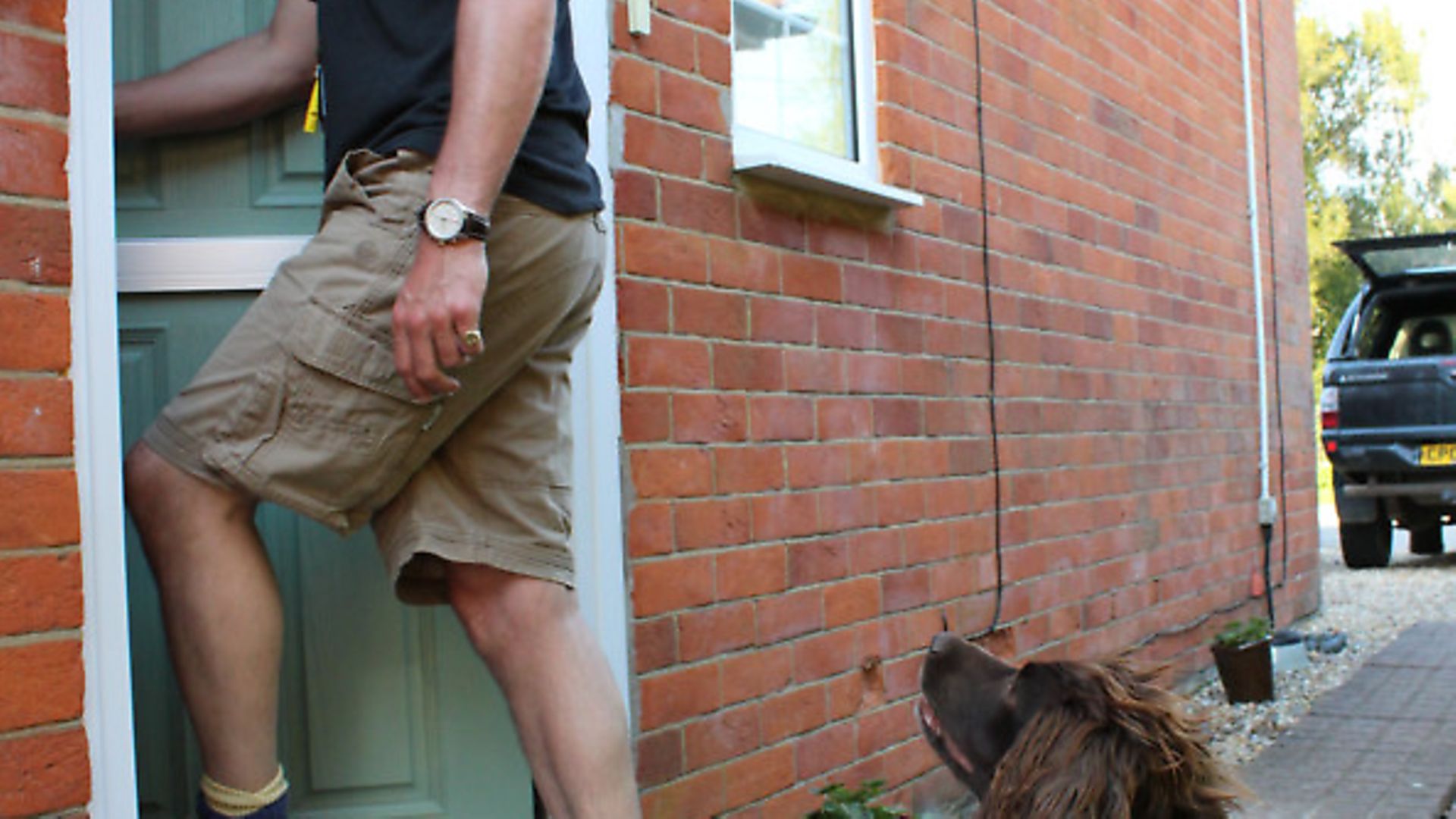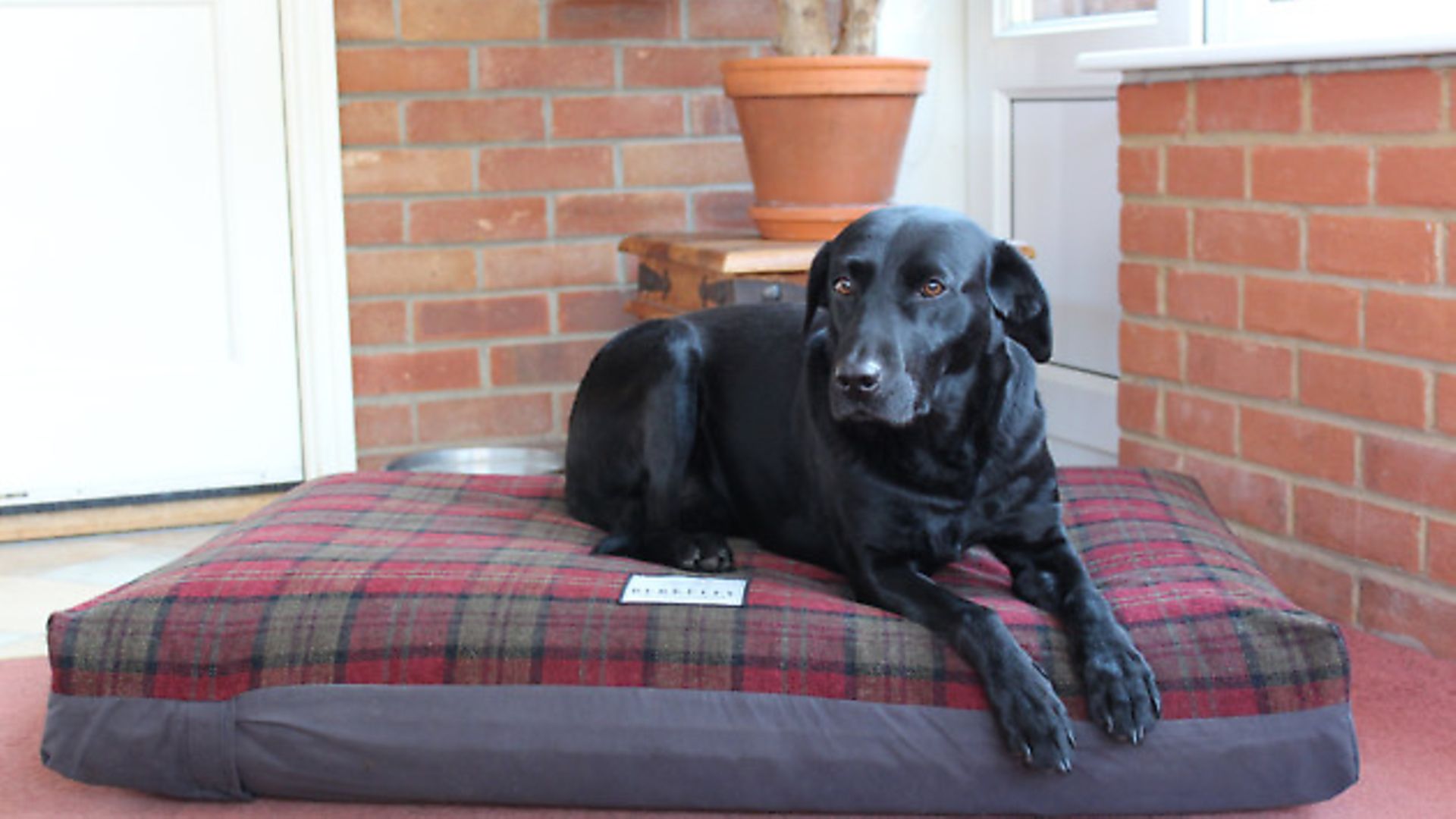Gundog behaviourist Lez Graham explains how being the ‘leader of the pack’ begins at home, and shares some simple exercises to help you along...
 credit: Archant
credit: Archant
Living with a dog is such a fantastic experience; to be able to share our lives with an animal from a different species, communicate with them and for them to communicate with us is pretty special. The bond that we have with the dog surpasses any relationship we’ve ever developed with any other animal.
From war dogs to lapdogs, the Canis lupus familiaris and the Homo sapien go back a long, long way; however, it is only now that we’re really getting to grips with what a dog is, what they need, what their scope is and how to communicate effectively with them, not only so that we can use them to their full potential, but so that we can have relaxed dogs at our feet.
The importance of leadership
Dogs, being social predators, are pack animals. They intrinsically need to lead or be led. Regardless of whether you have a nervous dog, a shy, timid dog, an ‘in your face’ dog or a dog that’s happy to just hang out with you, you need to be calling the shots and setting boundaries for your dog in a way that is similar to what you would do for your children or children coming to visit. To not do so is an open invitation for stress.
As a behaviourist I’ve seen some seriously stressed owners and dogs over the years, and it was the level of stressed and ‘naughty’ gundogs that I was seeing in pet homes that inspired me to develop a training programme for owners of gundogs and to write The Pet Gundog series of books, which I structured around my behaviour work and kinesiology background.
There are some very simple changes that we can incorporate in our daily routine with our dogs which can have a massive impact on their behaviour, both around the home and on the training field – little things that quickly turn us into an effective leader and that will have our dogs looking to us for the next instruction.
So how do we go about becoming an effective leader?
For me the most important thing of all is knowing what you actually want from your dog and how you want them to behave; the second most important is doing something about it. When you have a picture in your mind of what you want from your dog you can put an effective training plan in place, whether that is around the home or out and about.
 credit: Archant
credit: Archant
Just common sense? Absolutely, but most of us don’t do it… I had a period a couple of years ago when I couldn’t walk my dogs for about six weeks and my husband took over the morning walks. On his return I always asked how the boys were and if they behaved themselves. He replied “Great” or “No problem” and “Did some retrieving” or “Did some whistle recalls.”
When I was back on my feet and walked the dogs for the first time my heart sank at just how bad their recall was. My picture of a great recall and my husband’s picture of a great recall were quite different. So, know what each command means to you and then work to achieve it and maintain it.
Train your dog
Want your dog to come when called? Train it. Want your dog to go on his bed when you have guests or while you’re eating, watching telly or chilling out? Train it. Want your dog to sit while you bring people in or meet people on walks? Train it. There’s a theme here, isn’t there?!
We mould/condition/train our children according to how we want them to behave and we work to maintain that behaviour throughout their childhood. With our dogs, however, it seems to go out of the window due to their puppy-dog eyes and boundless joy. But, we can never forget that we are living with a social predator, regardless of how cute they are. We are living with an animal that has its own set of civil and criminal laws developed for it; whether we want to or not we need to train our dogs to be well-mannered members of society as well as pets and shooting companions.
Yes, you can; no, you can’t
Adding boundaries is a massive part of leadership. Your dog should not be able to do what it wants when it wants; boundaries need to be in place, not only to make life easier for us (and them), but to keep them safe.
 credit: Archant
credit: Archant
n Take control of the doorways. Doorways are very exciting for dogs. The first one out of the door gets to the garden first, the ball first, dinner first and so on; they’re also the first to cut their paws on the broken glass that’s on the other side of the door or the first to run into the road. There’s two ways of handling doorways: teaching a dog to sit and commanding them every time [pictured above]; or closing the door in front of them as they try to go through the doorway without permission. The second way is my preferred method as it teaches the dog self-control, whereas the first way you are still ‘controlling’ your dog.
n Feeding time is a really important event in your dog’s life. You, and only you, decide when your dog gets to eat. You don’t have to eat before them or in front of them, but your dog does eat when it suits you for them to eat. You take control of the food, which means your dog isn’t barging you or nagging at you, and he certainly doesn’t put his nose in the bowl until you give him permission to do so. There are many ways of instilling good manners at feeding time and my favourite way is simply by lifting the bowl off the ground if your dog goes to get up without permission. He will learn that the quickest way to be fed is to wait politely until you say it is okay for him to eat.
n Place board training has seen a surge in popularity in the gundog world, however it originated in pet dog training as way of telling the dog to ‘go on your bed and stay there until I say otherwise’. It is basically a ‘stay’ with a target for the dog to recognise.
Many trainers use a bed raised off the floor as an easy target for their dogs, others use comfy beds; one of my friends teaches his dog to go and lie on a place mat – the kind that you can roll up. He then puts that wherever he wants his dog to do a ‘down, stay’. It’s a great little trick that I now use as you can take it to the field and incorporate it in your training, to your friends, and to the pub, pretty much (once trained) guaranteeing a well-behaved dog.
n If you get into the habit of only stroking your dog when he is sitting and removing your hands when he gets up, he will learn very quickly that the only way to get attention from you is to sit politely. Not only is this a great habit to get into around the home, but it works wonders on your delivery.
 credit: Archant
credit: Archant
n ‘Not you’ is an exercise that I developed years ago when living in a house with very expensive wooden floors that I didn’t want covered in claw marks. As I crossed the threshold I put my hand in front of my dog’s face and said, “Not you,” in the way you would when leaving your dog for a ‘stay’. If the dogs followed me I walked towards them and herded them out of the room and repeated the exercise until they learned they couldn’t follow me. I then chose when I invited them into that room.
Not allowing your dog access to every room in your house is one of the keys to having a great relationship with your dog. It gives them time to wind down without you, teaches them to be on their own and also that they don’t have sufficient ‘ranking’ to be given free gratis of all and sundry. And, by instilling a little bit of discipline in the form of boundaries and limitations, it won’t take long before your dog starts to respond by settling on their bed on command, waiting for permission to enter a room, stepping back from a doorway when you approach it together and, if you ignore them initially when you go into a room rather than fussing them every time you see them, you’ll stop being mobbed when you go home with bags of shopping.
Like every other animal on the planet, the dog is an opportunist and will behave the way that they want to behave, unless, that is, they are conditioned and trained to want to do our bidding. They have their own inherent ‘set of rules’ and by being a bit canny, we can make those rules work for us and very easily instil good manners at home.